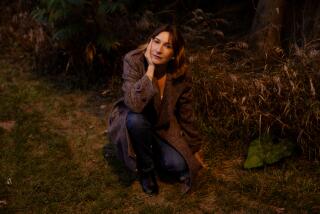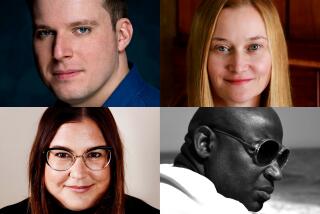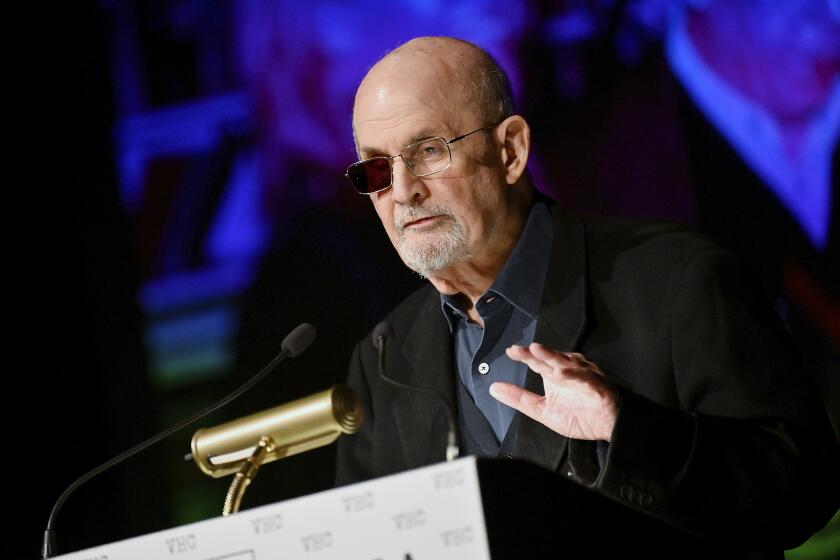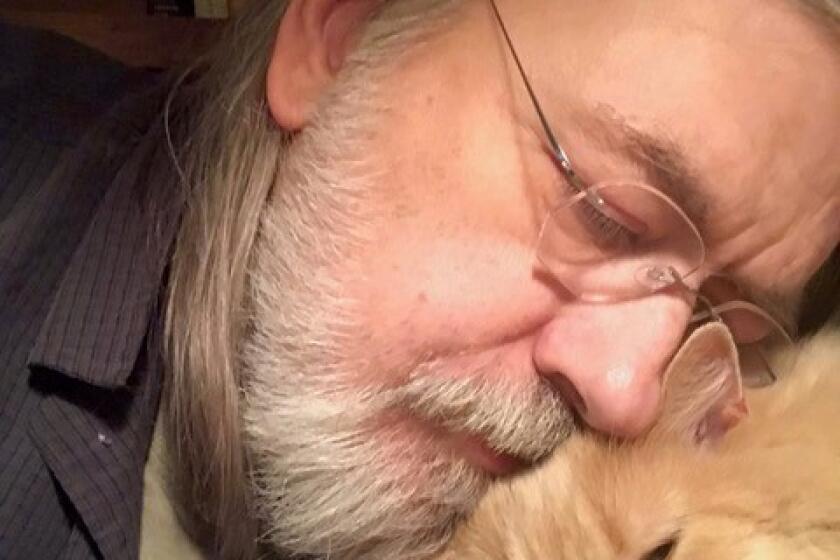David L. Ulin’s summer reading project
Summer is my favorite season — always has been. Partly, it’s the light: slow and thick, like a glaze of honey spread across the world. Partly, it’s the heat, which I feel in my joints, making me imagine I was loose-limbed again.
But more than anything, it’s the feeling of space, of the moment expanding, the faith that, during these three months, I might do anything. That’s an adolescent’s faith, to be sure, but it has lingered, as if there might be (to borrow a phrase from a favorite episode of “The Twilight Zone”) time enough at last.
What I’m talking about, in some sense, is procrastination, which is what summer at its core is all about. We take time for ourselves — or at least we like to think we do — leave work early, go on vacation, sit in the quiet sunshine of an afternoon and read good books.
This is particularly resonant for me as a writer, since procrastination is an art in which writers are well versed. If, as Saul Bellow once suggested, “a writer is a reader moved to emulation,” then the corollary is that it’s a lot more fun to read than to write.
And yet, reading can be work also, as Jack Nicholson’s character reminds us in Stanley Kubrick’s film “The Shining” (that exemplary portrait of the writing life) when he tells his long-suffering wife, played by Shelley Duvall, “[W]hether you DON’T hear me typing, or whatever … you hear me doing; when I’m in here, it means that I am working.”
What he’s really saying is, even when I’m not working, I am working — which means: Leave me alone, don’t disturb me, especially when you come upon me with my face inside a book.
Does this seem like a contradiction? I prefer to think of it as the essence of the season, which is about doing things you may not otherwise get to do. For me, that always involves reading, although not reading to escape so much as to engage.
Summer is perfect for a reading project: Just think of Infinite Summer, in which, three years ago, readers stared down David Foster Wallace’s “Infinite Jest.” In 2005, I took on “Madame Bovary,” which I’d never read; a friend tackled “Moby-Dick.”
Last year, I found myself drawn to small works: Jean-Philippe Toussaint’s exquisite “Reticence,” in which a man wanders a Mediterranean seaside village, keeping tabs on a mysterious writer; Michael Cunningham’s “Land’s End: A Walk in Provincetown”; Stewart O’Nan’s novel of a failing marriage, “The Odds.”
In each case, these were books I’d had around for a while, as if waiting for the perfect moment to dig in. The same, I’m sure, will happen over the next few months, as the daylight expands and the mornings grow long, and for a little while, anyway, I give in to the illusion that there is nowhere else I have to be.
So what am I planning to read this summer? Nothing as fancy as “Infinite Jest” or “Moby-Dick,” I’ll admit. Again, I’m tilting toward short books — perhaps because I have a chance of getting to more of them.
For some time now, I’ve been wanting to read Padgett Powell’s “Edisto,” the story of a precocious 12-year-old. The same holds true for Robert Walser’s brief meditation “The Walk,” which I meant to read last summer, and Wade Davis’ “River Notes: A Natural and Human History of the Colorado,” which brings a personal perspective to the river on which not only Los Angeles but also Phoenix, Las Vegas, Tucson and San Diego depend.
And then, there is the new stuff, which continues to appear with a momentum all its own. There was a time, in American publishing, when summer was seen as slow and sleepy, but those days have long since come and gone.
Yet these books too seem to speak to the season … not least for their sense of possibility. As I look at the summer lists and map my reading, I am reminded again of the bottomless depth of the imagination, which is, of course, another kind of faith.
Reading, after all, takes place, in many ways, out of time: We leave ourselves behind a little whenever we immerse in a book. That’s the best thing about it, that sense of giving yourself over to another world.
The same could (and should) be said of summer, which is a season predicated on a change of pace. This makes it a natural time for reading, which is another reason I love it so.
###############
What new books am I looking forward to this summer? These three in particular offer something unexpected: a way of seeing, a way of being, a new way of thinking about a story we thought we knew.
Rebecca Solnit’s “The Faraway Nearby” (Viking, $25.95, June) comes billed as a companion volume to her 2005 essay collection “A Field Guide to Getting Lost.” Like that book, it offers a set of interior investigations, focusing on the importance of stories in making meaning, and the necessity of narrative and empathy. This is an article of faith with me, and the decision to interweave personal material (about her mother’s memory loss, among other subjects) only makes the whole thing more intimate. Solnit is one of our finest thinkers, and a nonfiction writer of uncommon grace and eloquence, a polymath with the ability to bring together a wide array of information and experience and somehow get it all to cohere.
I’ve loved Ron Carlson’s work for many years — first his short stories and then his recent run of remarkable novels (“Five Skies,” “The Signal”), which trace the emotional lives, the loss and longing, of men living in the rural west. His new novel, “Return to Oakpine” (Viking, $25.95, July), comes out of a similar territory, revolving around four men, high school friends who once played in a band together, as they reconnect 30 years later in a world marked by compromise and loss. Carlson is a nuanced writer, aware of the undertones that define his characters, even when they lack the language to articulate this for themselves. The result is a tension that is utterly recognizable, true to how so many of us live.
Finally there’s “Manson: The Life and Times of Charles Manson” by Jeff Guinn (Simon & Schuster, $27.50, August), a biography of the notorious mass killer that aspires to go beyond the sensationalism that has shrouded its subject for 40 years. Guinn interviewed both Manson’s sister and his cousin — the first journalist to do so — to connect his early life, as a run-of-the-mill car thief and petty criminal, and his emergence as the Svengali-like leader of the Family. I’ve been fascinated by Manson since I first became aware of him; as a kid, I devoured Vincent Bugliosi’s “Helter Skelter” and Ed Sanders’ “The Family.” And yet, for all that, the most disturbing aspect of the story remains that Manson is no monster but a human being, an expression of the worst of which we are capable.
More to Read
Sign up for our Book Club newsletter
Get the latest news, events and more from the Los Angeles Times Book Club, and help us get L.A. reading and talking.
You may occasionally receive promotional content from the Los Angeles Times.







